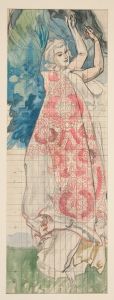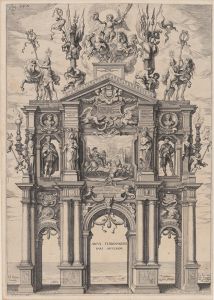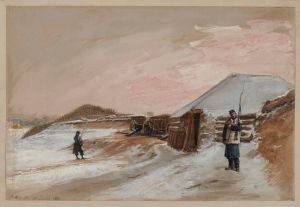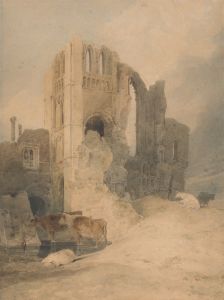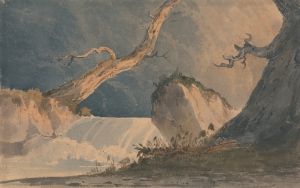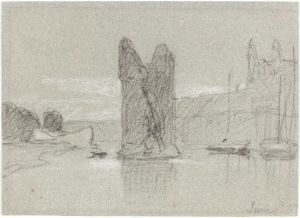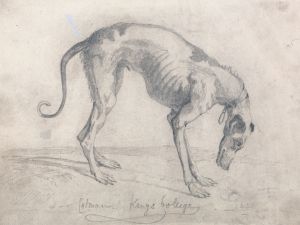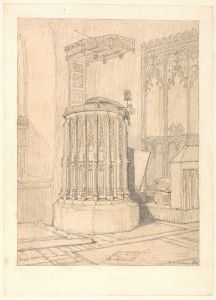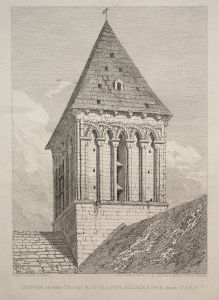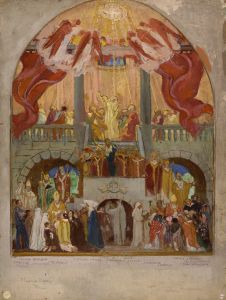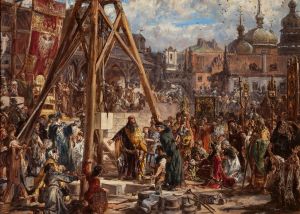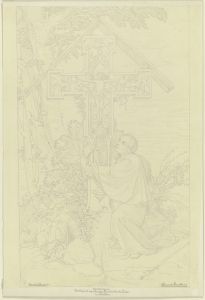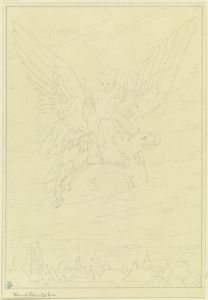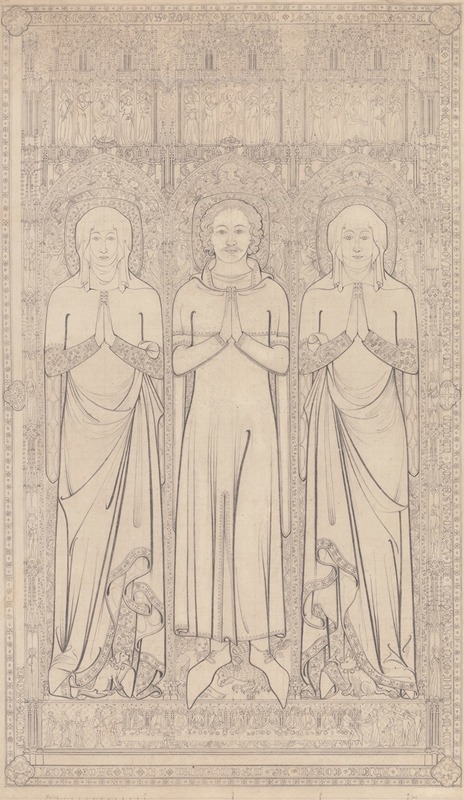
The Sepulchral Brass of Robert Braunche and His Two Wives in Saint Margaret’s Church, Lynn, Norfolk, 1364
A hand-painted replica of John Sell Cotman’s masterpiece The Sepulchral Brass of Robert Braunche and His Two Wives in Saint Margaret’s Church, Lynn, Norfolk, 1364, meticulously crafted by professional artists to capture the true essence of the original. Each piece is created with museum-quality canvas and rare mineral pigments, carefully painted by experienced artists with delicate brushstrokes and rich, layered colors to perfectly recreate the texture of the original artwork. Unlike machine-printed reproductions, this hand-painted version brings the painting to life, infused with the artist’s emotions and skill in every stroke. Whether for personal collection or home decoration, it instantly elevates the artistic atmosphere of any space.
John Sell Cotman was a prominent English artist and a leading member of the Norwich School of painters, known for his watercolors and etchings. Among his notable works is "The Sepulchral Brass of Robert Braunche and His Two Wives in Saint Margaret’s Church, Lynn, Norfolk, 1364." This piece is an etching that captures the intricate details of a medieval brass memorial, a subject that Cotman explored extensively throughout his career.
The sepulchral brass depicted by Cotman commemorates Robert Braunche, a prominent figure in 14th-century Norfolk, and his two wives. Sepulchral brasses were a popular form of funerary art during the medieval period in England, often used to memorialize the deceased in churches. These brasses were typically engraved with effigies and inscriptions, set into the stone floors of churches, and served both as a tribute to the deceased and as a reminder of mortality to the living.
Cotman's etching is part of his larger body of work focused on architectural and historical subjects. His interest in such themes was influenced by the Romantic movement, which emphasized the beauty and mystery of the past. Cotman was particularly drawn to the medieval period, and his works often reflect a meticulous attention to detail and a deep appreciation for the craftsmanship of the era.
In "The Sepulchral Brass of Robert Braunche and His Two Wives," Cotman captures the elegance and complexity of the brass memorial. The etching showcases the figures of Robert Braunche and his wives, adorned in period attire, with intricate patterns and textures that highlight Cotman's skill as an etcher. The composition not only serves as a historical record of the memorial itself but also as an example of Cotman's ability to convey the essence of medieval art through his medium.
Cotman's work on sepulchral brasses is significant as it contributes to the documentation and preservation of medieval art and architecture. During the 19th century, many such brasses were at risk of being lost due to neglect or destruction, and Cotman's etchings provide valuable insights into these historical artifacts. His dedication to capturing these details reflects a broader 19th-century interest in the Gothic revival and the preservation of England's medieval heritage.
"The Sepulchral Brass of Robert Braunche and His Two Wives" is a testament to Cotman's artistic legacy and his role in the Norwich School. His work remains an important resource for historians and art enthusiasts interested in the medieval period and the development of English art. Through his etchings, Cotman not only celebrated the artistry of the past but also ensured its continued appreciation for future generations.





